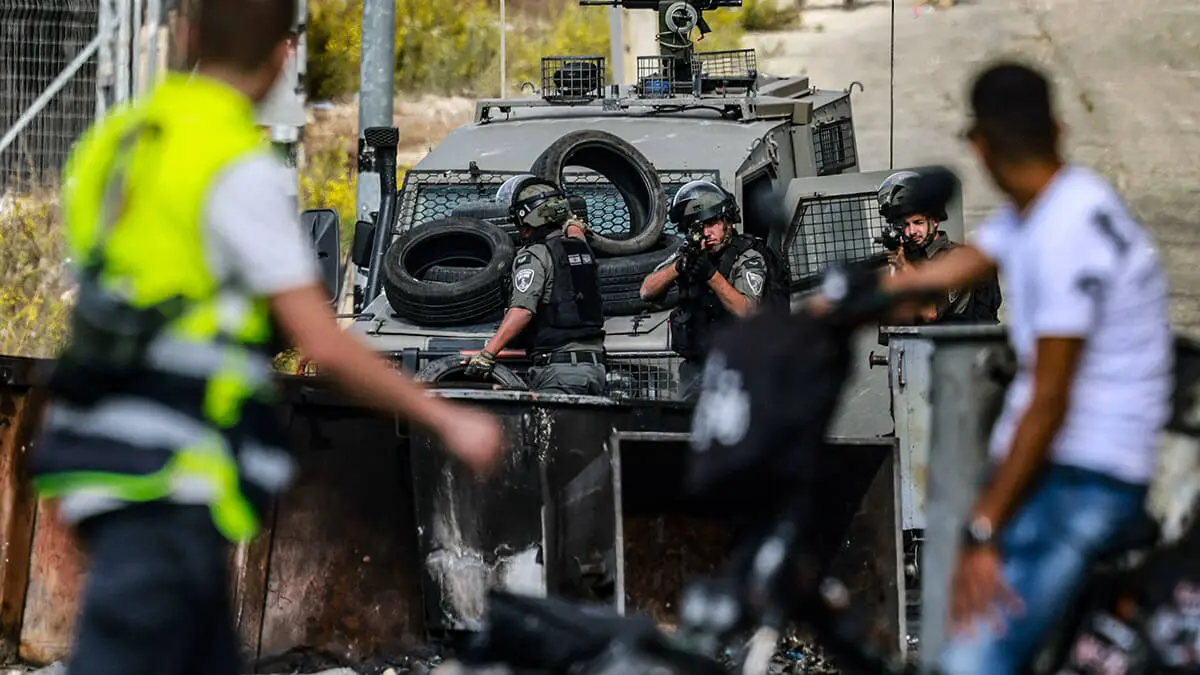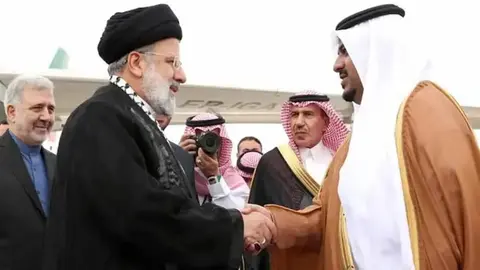And meanwhile, what is happening in the West Bank?

There can be little doubt that Israel will complete its offensive in the Gaza Strip by achieving the goals Netanyahu and his War Cabinet set out to achieve: the destruction of Hamas; the destruction of the underground architecture that has supported it; and the elimination of any hint of Gaza ever again being a threat to Israel. Also implicit is the rescue of all hostages seized by Hamas terrorists in the terrifying 7 October expedition. Therefore, the first conclusion that can be anticipated without much room for error is that Gaza will be a different territory after this war, one in which Israel will not allow clandestine military installations to flourish under the cover of the various humanitarian aid chapters. The Geneva Convention, which strictly prohibits the targeting of medical or hospital buildings or complexes, also states that this immunity disappears when a side transforms or uses them for purposes other than relief or medical aid.
It will remain to be decided which authority will administer this territory of more than two million Palestinian Gazans, 75% of whom declared their support for the Hamas atrocities of 7 October. Admittedly, respondents to the poll were conditioned by Hamas's relentless control of them, but it is still hard to believe that Israel will not monitor much more closely both movement and goods inside the Strip, and especially NGOs, whose good faith and original intentions have ended up serving as a cover for attacking Israel.
But the war in Gaza is also having serious consequences in the "other" Palestine, the West Bank, a mere 6,000 square kilometres on the west bank of the Jordan River. Three million Palestinians live there, dependent on the Palestinian National Authority (PNA), based in the small city of Ramallah, just twenty kilometres from East Jerusalem. Both the West Bank and East Jerusalem were occupied by Israel after its stunning victory in the Six-Day War (1967) over Egypt, Jordan and Syria.
Theoretically, the PNA should have been the quintessential representative institution of the Palestinian people, both those living in Gaza and the West Bank. This has not been the case since Hamas came to power in 2007, ousting any vestige of PNA oversight. This has meant both that the Islamic Resistance Movement (Hamas) has emerged as the absolute power in the Gaza Strip and that the PNA has also lost credibility among Palestinians in the West Bank itself, a move enabled and abetted by Israel itself, which has gone out of its way to minimise or outright dismiss Mahmoud Abbas, the PNA president.
Israel has disavowed successive protests by the PNA itself, the United States and the European Union concerning Jewish settlements in this occupied region, which Israel always refers to by its biblical name of Judea and Samaria, in order to emphasise its immemorial settlement in this land.
The fact is that, while in Gaza the number of Palestinian casualties is close to 15,000, according to Hamas' count, in the West Bank the number has already exceeded 220 since 7 October, according to figures provided by the PNA. Before that date, 192 had already been killed in the bloodiest year in the region since the last intifada.
There are now 700,000 Jewish settlers in the nearly 300 settlements they have built in the West Bank, which have increased rapidly in these two months of war in Gaza. Prime Minister Benjamin Netanyahu has hastily legalised 22 settlements, previously called "outposts", but which Israel's own law considers illegal.
On the ground, Palestinian citizens in the West Bank are subjected to challenges and provocations from Israeli settlers, spearheads of the more radical extremists, whose actions are increasingly viewed passively by the Israeli military and police. The settlers themselves, citing security reasons, prevent Palestinian farmers from harvesting their olive crop, further impoverishing an already hard-hit population. The International Labour Organisation puts the number of jobs destroyed in the region at 24%, compounded by the cancellation of work permits that Israel has so far granted to Palestinians in the West Bank. In economic terms, the region has lost 20% of its GDP, some 2.35 billion euros in wages, and almost another 20% due to the stoppage of Palestinian commercial transactions, more than 70% of which were with Israel. Needless to say, the other leg of the West Bank economy, tourism, has once again suffered another setback, so that this year's Christmas celebrations, which have already suffered significant losses, may receive the final blow.
With this situation, the future Palestinian political and territorial architecture appears weaker than ever, but it is clear that the international community must work on some kind of solution. Somehow causing the West Bank to become a hostile and unlivable place for its Palestinian inhabitants will in any case not be a good way out; rather, acrimony and destabilisation will be constant threats.




